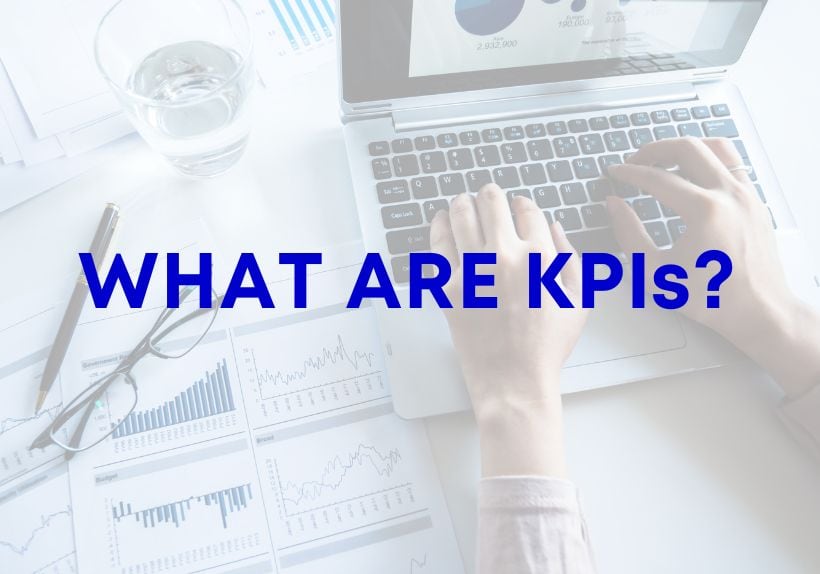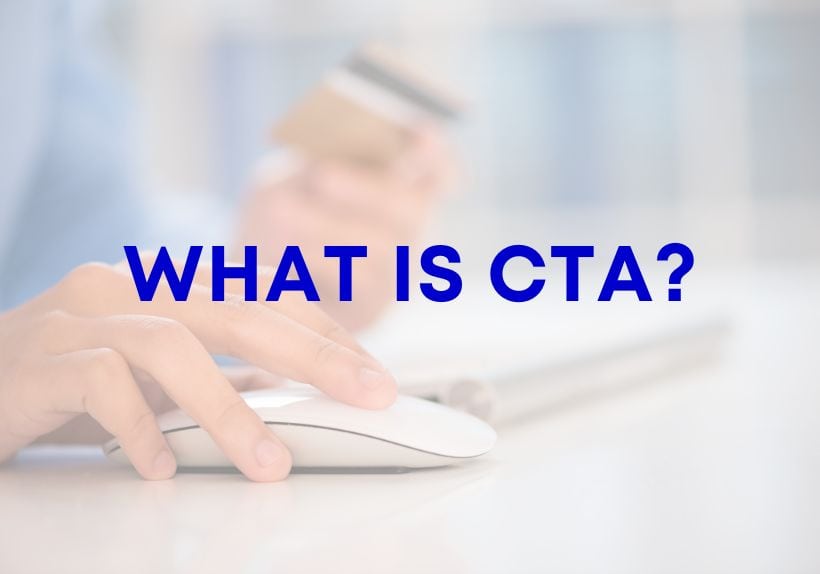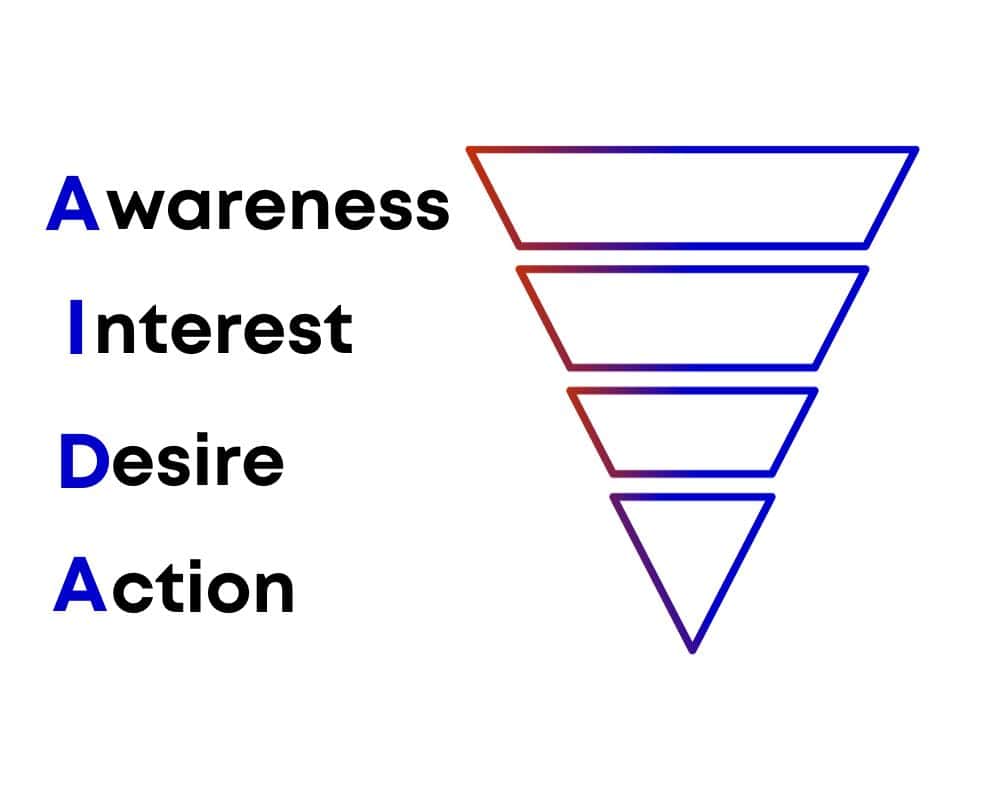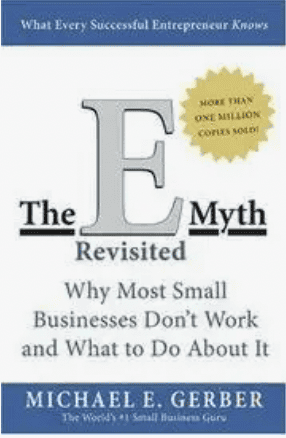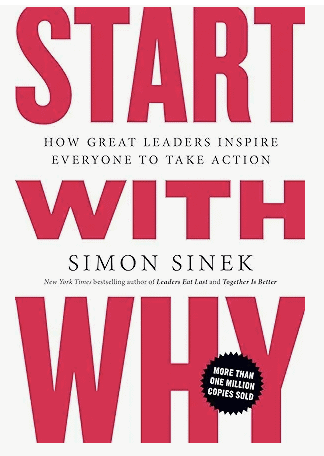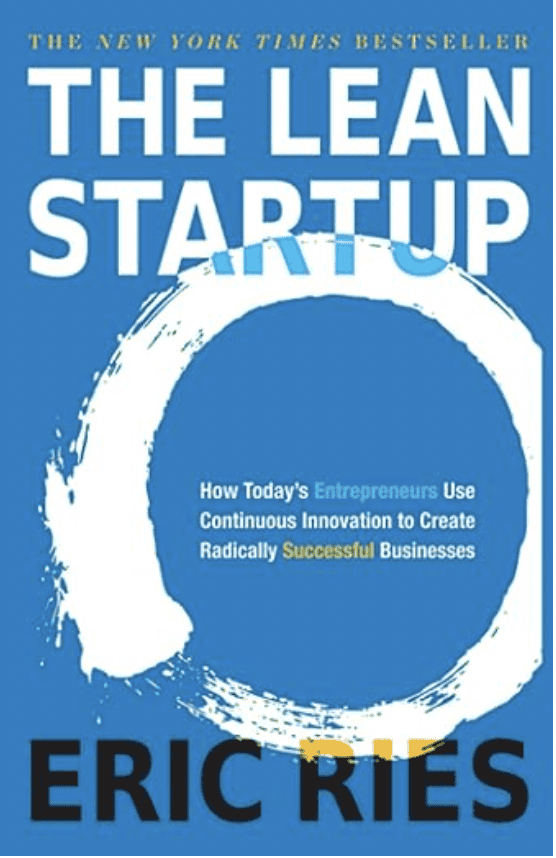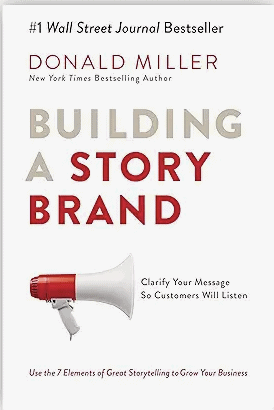What are KPIs?
We just love to take shortcuts. As humans. Why say 3 words when we can just rhyme off the first 3 letters as though it were a word itself? Acronyms are everywhere, especially in marketing. All entrepreneurs should understand what are KPIs, and how to apply them in a meaningful way.
Why?
Because the information that comes from tracking the right KPIs can help make better business decisions. Basically, it can mean the difference between a good year and a bad year. So this article will explain KPIs, how to use them, and what KPIs should be tracked for different kinds of businesses.
Key Performance Indicators
KPI means Key Performance Indicator. There are countless data points in running a business. Just looking at finances, customer service, and marketing can yield dozens of measurements. Profit margins, response time, customer satisfaction surveys, click-throughs and orders from a social media campaign – the list goes on and on!
Specifically, the purpose of using KPIs is to cut through mountains of data to focus on the measurements that matter most to a business. And what metrics matter the most? It depends. It depends on how long a business has been operating, its size, its sector, and its strategic plan. A plumbing company will want to track different information than a hair salon; an e-commerce business won’t care about the metrics that matter to a law firm. Accordingly, a new business with one employee won’t get value from tracking the information that a huge corporation does.
The top KPI categories are:
- Finance KPIs
- Operations KPIs
- Marketing KPIs
- Sales KPIs
- Performance KPIs
Benefits of Using KPIs
First, let’s look at the benefits of using KPIs to understand the importance of tracking key performance indicators.
The quote “what gets measured, gets managed” has been attributed to Peter Drucker, though this may just be paraphrasing his work. The point is, information matters. Being successful in business without tracking important metrics is like asking a pilot to land on the runway while blindfolded. And this is the thing about numbers. They tell the truth. Because people are prone to emotion and interpretation.
Additionally, tracking and analyzing KPIs provides direction and accountability. If the goal is to grow, then by how much? Set a specific target. Monitoring the metrics on a regular basis gives entrepreneurs the information they need to know exactly what is working, and what is not.
Example of Using KPIs

Here is an example of why KPIs are important to a business. The owner of a retail shop calls in on Sunday afternoon to see how things are going. Staff say it’s very busy and they are run off their feet. The owner rightly thinks that means sales are booming. Based on that bit of information, what decision might she make? Perhaps ordering more stock, or scheduling extra staff the following weekend.
However, a look at the KPIs tell a very different story. Daily sales reports show that revenue was 3% lower than the previous weekend. Sales per employee ratios show that one person booked almost zero. When armed with this information, the owner asked staff more questions. She learned the store was busy with many customers returning a particular item. Several people browsed and chatted with staff for ages, before leaving without making a purchase.
Therefore, with this information, the shop owner will be making very different business decisions. This is the power of data and KPIs.
How to Use KPIs
As mentioned above, the right KPIs for one business may not be right for another. There are 3 main steps to follow for using KPIs.
Know Your Strategy
It all starts with the strategic plan for your business. KPIs measure the aspects of performance that have the biggest impact on reaching goals. If the priority is to increase audience, then social media and marketing KPIs like reach, follows, and signups must be tracked closely. If the focus is to increase sales, then sales per employee and conversion rates matter most.
Share and Engage
Don’t keep KPIs a secret from your team. Share and collaborate. Engage them in the reasons why this information is being tracked. This may be a strong motivator for improving their own performance, when KPIs are tied to compensation, bonuses, or perks. At the same time, keep an open mind for ideas that come from your staff.
Monitor Regularly
Just having KPIs are not enough, just like having a gym membership isn’t enough. Likewise, you have to show up, pay attention, and do the work. So monitor your metrics regularly. This could be 30 minutes weekly or an hour a month. Then, on a quarterly and annual basis, set aside time for a deeper dive and analysis. This information you gather is valuable for forecasting, setting targets, and making decisions for the coming year.
In general, all entrepreneurs should track revenue, expenses, profits, quality, customer satisfaction, staff performance, and the effectiveness of marketing activities. In addition, here are KPIs for specific sectors.
KPIs for Service Businesses
Service businesses don’t sell things – they sell time and expertise. This ranges from house cleaning, painting, landscaping, pet grooming, graphic design, tutoring, nutritionist, fitness training, and more. Though these may operate out of a brick and mortar office, half of the businesses in the United States operate from home.
Without inventory to track and a storefront to maintain, here are the top KPIs for services businesses:
- Customer satisfaction rate – valuable to use in marketing!
- Service delivery time – important for scheduling and controlling labour costs
- Acquisition cost – the marketing spend to land a new customer
- Referral rate – how many customers are here from word of mouth?
- Retention rate – how many customers return?

KPIs for Retail Businesses
Obviously, running a retail business is not what it used to be! Now that ecommerce has changed shopping habits. But there are still locally owned shops, especially in niche markets. Businesses like hair salons, barbers, massage therapists, and nail salons have a storefront, employees providing services, and may be also sell products to their customers. The top KPIs for retail businesses are:
- Sales per product and Gross profit per product – to monitor what sells best and earns the most
- Walk in traffic – how many customers came in without an appointment
- Repeat customers
- Product sales per employee
KPIs for ECommerce Businesses
Shopping online has been growing since Paypal started in 1998, but then the pandemic lockdowns seriously changed our buying habits. And many e-commerce entrepreneurs are home based and use drop-shipping to manage inventory and fulfilment. So, these KPIs are all about inventory and tracking the pennies on every product.
- Sales per hour, day, week, month, quarter, year – to know the peaks and valleys to prepare for the future
- COGS – cost of goods sold, by SKU (stock-keeping unit)
- AOV (Average Order Value) – valuable for making marketing decisions
- Shopping cart abandonment rate – to direct email campaigns
- New vs returning customers
- Conversion rate – how well is the site converting visitors to buyers?
- Product affinity – what products tend to be ordered with other products? Can drive cross-promotion.
- Inventory levels – to know what sells fast and what isn’t moving
- RPV (revenue per visitor) – how much on average does each site visitor spend?
KPIs for Professonals
Next, the professionals. From accounting to tax advisors to mortgage brokers to lawyers, these businesses are often legislated and overseen by a professional body. Therefore, running a professional corporation requires a close eye on details. Accordingly, here are specific KPIs for professionals:
- Number of customers per professional
- Billable hours and non billable hours per professional per month – to monitor performance
- Overhead costs as a percentage of gross revenue – to ensure these expenses don’t grow unless the income does
- Average fee per client
- Length of accounts receivables – to ensure customers pay on time
- Conversion rate per professional – to see who closes more leads
- Cancellation rate – how many customers cancel appointments?
KPIs for Trades
Though lots of tradespeople work solo, many are entrepreneurial and establish a brand with employees working for them. Also, there are franchise systems in furnace repair, plumbing, and electrical. In all cases, tracking time and workflow is important for customer satisfaction and to maximize profits. Here are important KPIs for trades.
- Average service time per tradesperson – to benchmark performance and set schedules
- Completion Rate – percentage of customer requests completed on time
- Service response – average time between customer request and booking the service call
- Variable costs as percentage of gross revenue – especially for costs of equipment and maintenance
- Complaint rate per services completed – to measure quality and performance
- Complaint resolution rate – how well are issues being fixed?
- Quote acceptance rate – of quotes given, how many customers book the work?
- Net profit per job – tracking revenue against cost of labour and supplies
Conclusion
Basically, knowledge is power. As a result, knowing the facts about strategic elements of their business can show what is working, what is not, and what changes to make. Therefore, understanding what are KPIs for their business gives entrepreneurs specific targets to focus on. So stepping away from the day to day to monitor and analyze key performance indicators is especially important for entrepreneurs.

